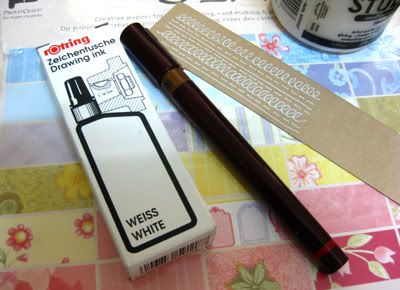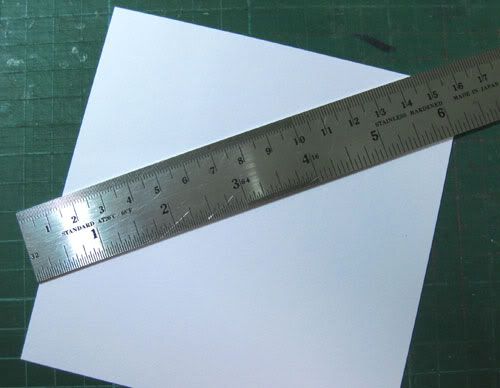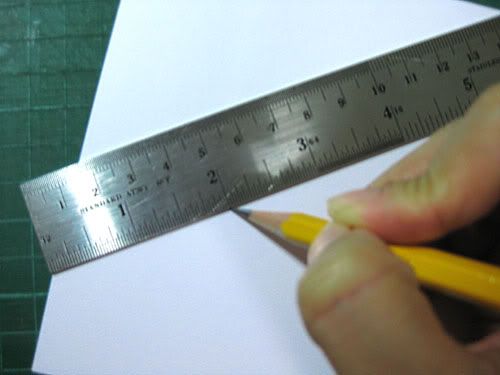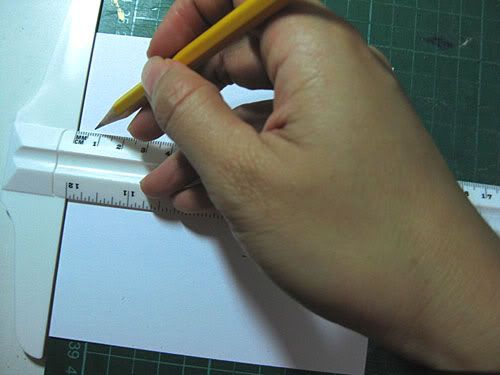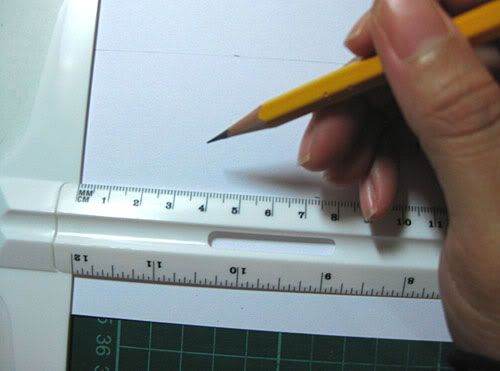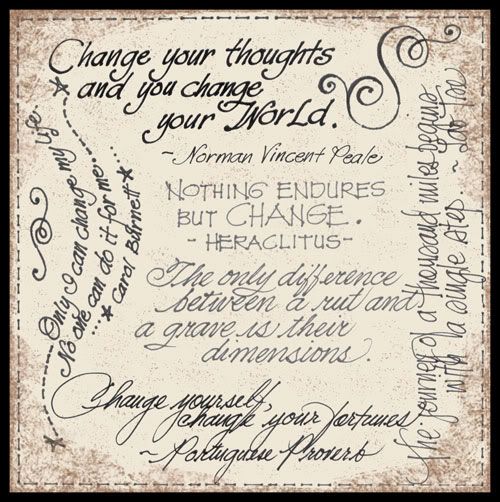Hello everyone!
So. Another tip. These things come as needed and right now it's because my mind wanders as I read about Foucault's governmentality, politics of resentment and popular media in education for one of my MA papers I need to write. My mind is broken. Ha!
Anyway, this tip is about drawing wheel-like things like color wheel or pizza, as long as it has equal segments, without using straight rule or protractor because sometimes, that could be intimidating. This is only recommended if you're not required to draw anything with exact measurements. Of course, the number of segments, you can adjust as needed. However, as you may notice, it's only even-numbered segments.
I actually used this when I was preparing the color wheel worksheets for my young students. So, feel free to use it somewhere else that doesn't require accuracy. For this one, we will divide the paper in twelve segments which is just enough for a color wheel for primary, secondary and tertiary colors.
Step 1: You'll need a round object as pattern, pencil, a pair of scissors, and a slightly thicker paper (not board!). I'm using a drawing paper from my sketchbook.

This is how to divide by six.
Step 1: Same as before: trace and cut circle, fold into half-circles, and then fold a bit into quarters just to mark the center like this.














